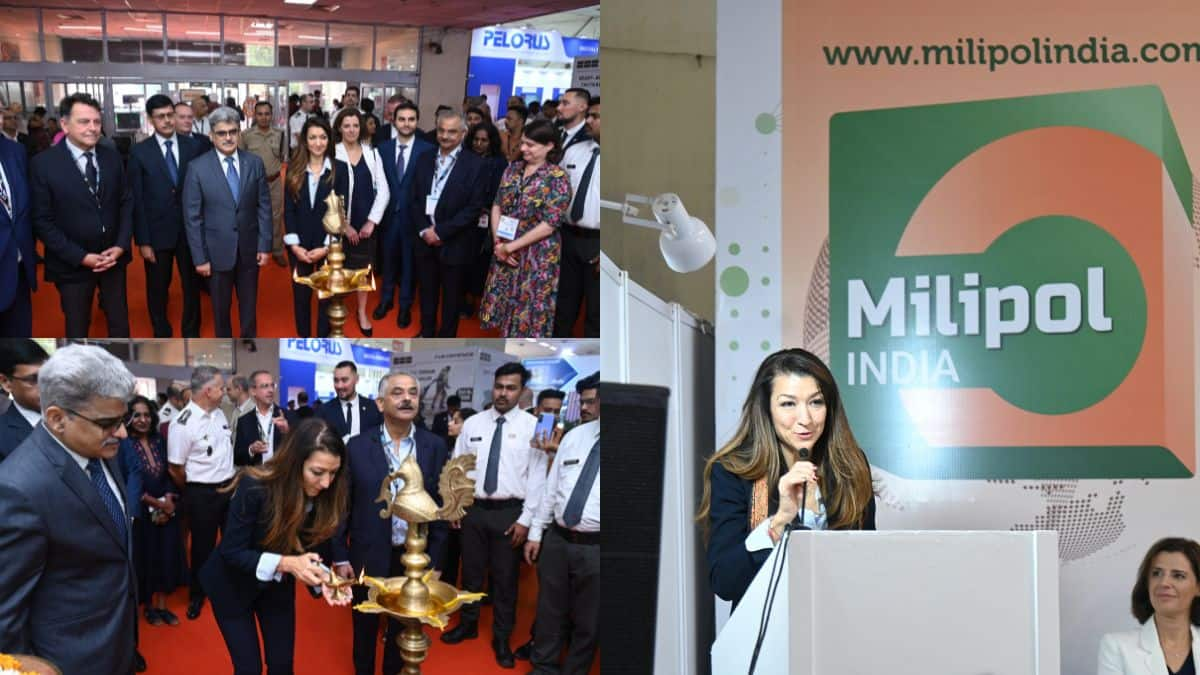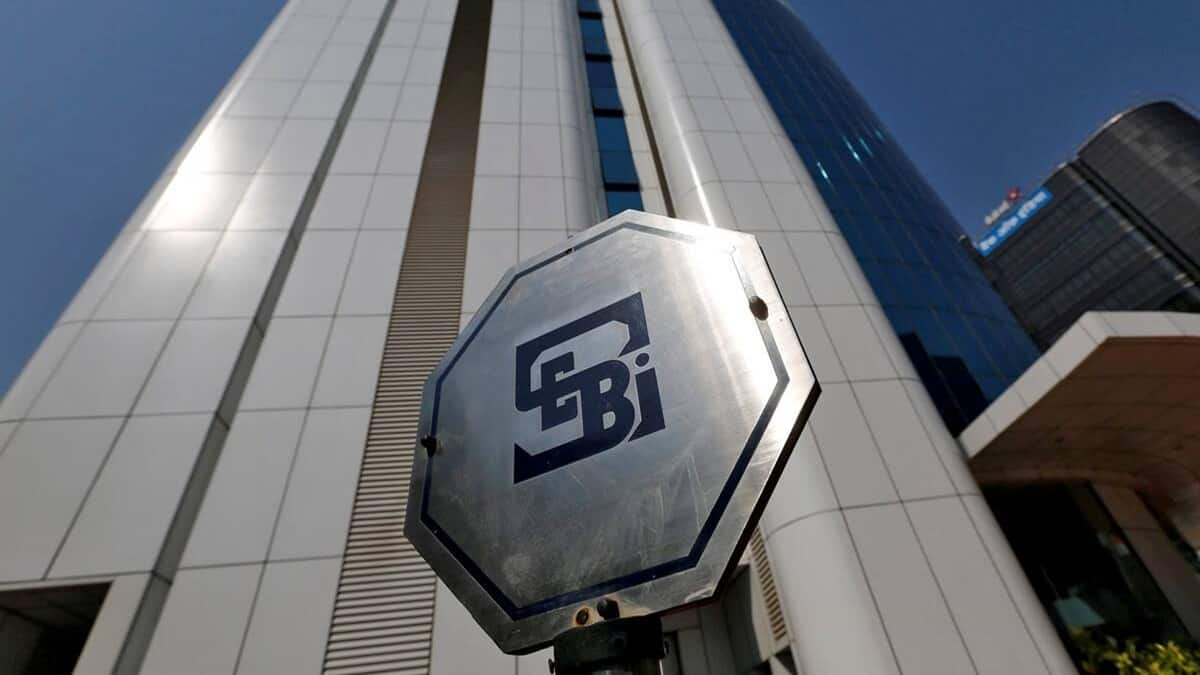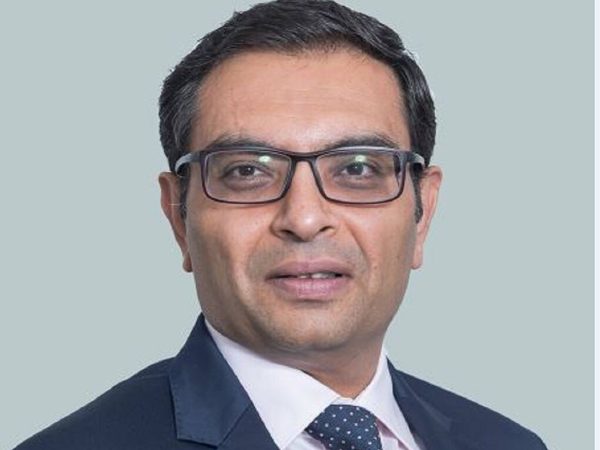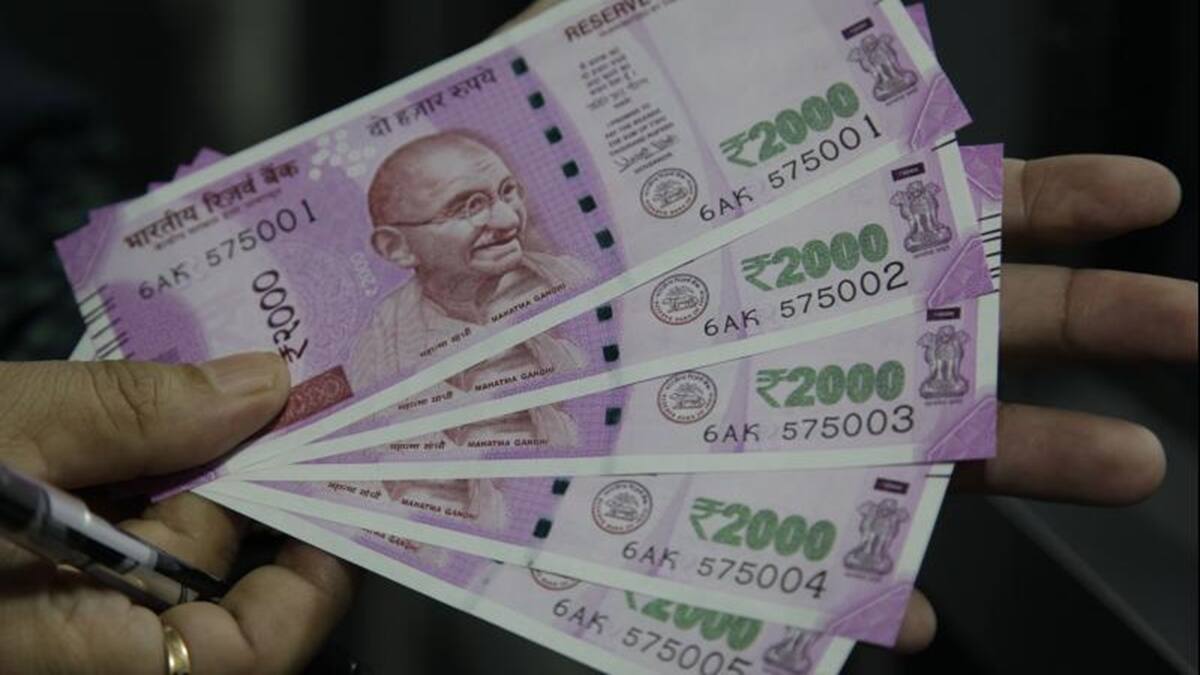Milipol India: A Milestone in International Homeland Security Collaboration
‘Milipol India’ made its debut as a new addition to the esteemed Milipol International Network, dedicated to the realm of Internal Security. The inauguration, a solemn affair, took place on a Thursday, in the presence of Sabrina AGRESTI-ROUBACHE, France’s Minister of State for Citizenship, who holds a vital role attached to the Minister of the Interior. She was accompanied by Atul Dulloo, Secretary (BM), and Chandraker Bharti, AS (CIS & PM), who were also present.
This three-day exhibition, a collaborative effort between InterAds Exhibition Pvt Ltd., India, and Comexposium, France, unfolded with strong support from the Ministry of the Interior of France, the Ministry of External Affairs, and Home Affairs in India. The participation at this event was remarkable, featuring more than 150 national and international exhibitors, alongside numerous sponsors.
She also noted the remarkable enthusiasm exhibited by the Indian business community, which represented a staggering 95% of the exhibitors at this three-day event. In her view, this demonstrated the strength and dynamism of India’s business ecosystem.Thierry Mathou, Ambassador of France to India, echoed the sentiment of Indo-French cooperation in homeland security. He acknowledged the growth of this cooperation in recent years, based on mutual trust between the two nations. This partnership, he emphasized, played a pivotal role in combating terrorism and had now extended its influence to the Indo-Pacific region. ‘Milipol India’ was designed to be a flagship event, bringing together regional and international decision-makers, companies, and experts to devise solutions for the homeland security challenges of the future. It was envisioned as a biennial event in India, a testament to the enduring commitment of France and India in addressing security concerns.‘Milipol India’ created a global stage where international sellers and buyers converged to explore the latest technologies, present emerging trends, and engage in discussions to meet the industry’s evolving needs.Participating countries such as Canada, the USA, France, the UAE, Belgium, Brazil, Vietnam, and the Czech Republic showcased their latest trends, technologies, and innovations. The concurrent three-day conference covered a wide spectrum of security topics, featuring contributions from various law enforcement agencies, research institutions, and international organizations. It promised to provide valuable insights into current security challenges and potential solutions.
India’ emerged as a significant milestone in the field of internal security, uniting nations, experts, and businesses to address the pressing security concerns of our times. It was a testament to the enduring collaboration between India and France in the realm of homeland security and represented a powerful platform for the exchange of knowledge and solutions.










Recent Comments